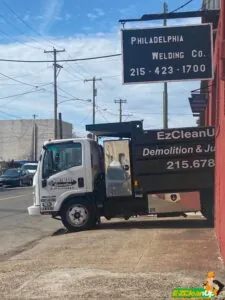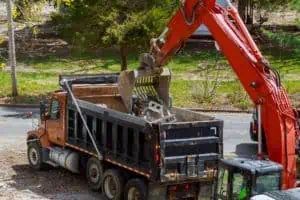Transform old helmets into unique home decor, such as lamps, bookends, and planters. Give them a new life as pet beds, Easter baskets, or learn to use them in other innovative ways. Ensure responsible disposal to avoid environmental harm.
Discover innovative and environmentally friendly ways on what to do with old helmets in the article below.
Options Available for Old Helmets
Helmets are designed to protect us, but their effectiveness diminishes over time due to wear and tear. Disposing of them responsibly prevents the risk of using compromised helmets.
Helmets are made from materials like EPS (expanded polystyrene foam) and plastic. They can be environmentally damaging if not disposed of correctly. Plus, these materials can take decades to decompose in landfills.
So what do you do with old helmets? Here’s a list of the most eco-friendly options:
Option #1: Repurposing Old Helmets
Repurposing old helmets into useful or decorative items is a great way to reduce waste and unleash your creativity.
Creative Home Decoration Ideas
- Unique Lamps: This project may require drilling a hole for the wiring and fitting a bulb socket inside the helmet. It’s a great way to add a personal touch to your home decor.
- Bookends: Helmets can serve as sturdy and thematic bookends. This use requires no modification to the helmet. It’s a simple yet effective decorating idea.
- Wall Clocks or Mirrors: By removing the visor and padding, you can install a clock mechanism or a mirror in the center of the helmet. This creative project adds functional art to your walls.
- Decoration and Display: Helmets can be used as decorative elements or for display in your garage or living space. Arranging helmets in an organized manner on walls can showcase your collection and passion for riding in a visually appealing way.
- Storage Solution: Utilize old helmets as a storage solution for small items like keys, coins, or even as a holder for screws and nails in a workshop. The helmet can be placed on a shelf or hung by its strap.
Practical Uses in Daily Life
- Pet Beds: You can do this by simply placing a soft cushion inside the helmet to provide a snug and comfortable space for your pet to nap.
- Easter Baskets: Old helmets can be artistically decorated with paint and various accessories to craft unique Easter baskets. This inventive approach is perfect for Easter egg hunts.
- Dishes or Bowls: For themed parties, clean helmets can be repurposed as dishes or bowls. To ensure safety and hygiene, it’s essential to thoroughly clean the helmets and line them with food-safe liners before use.
- Birdhouse: Give birds a new home by converting an old helmet into a birdhouse. Create an entry hole and ensure the helmet is secured in a safe, elevated position outdoors.
- Planter: Start by choosing a helmet that fits the size of the plant you wish to pot. Clean the helmet thoroughly, drill drainage holes at the bottom, fill it with potting soil, and plant your choice of flowers or herbs.
Art and Craft Projects
- Wall Art: Unleash your creativity by painting and decorating old helmets to create unique wall art. Use acrylic paints for best results, and consider adding other decorative elements like stickers or stencils to fully express your artistic vision.
- Halloween Costume Accessory: Whether you’re aiming for a futuristic soldier, a space explorer, or a medieval knight, a helmet can add authenticity and flair to your costume. Customize it with paint, accessories, or modifications to match your theme.
- Cosplay Prop: For cosplay enthusiasts, transforming an old helmet into a prop for your next costume can be a rewarding project. Depending on your character, you might need to modify the helmet extensively with paint, add-ons, or structural changes to achieve the desired look.
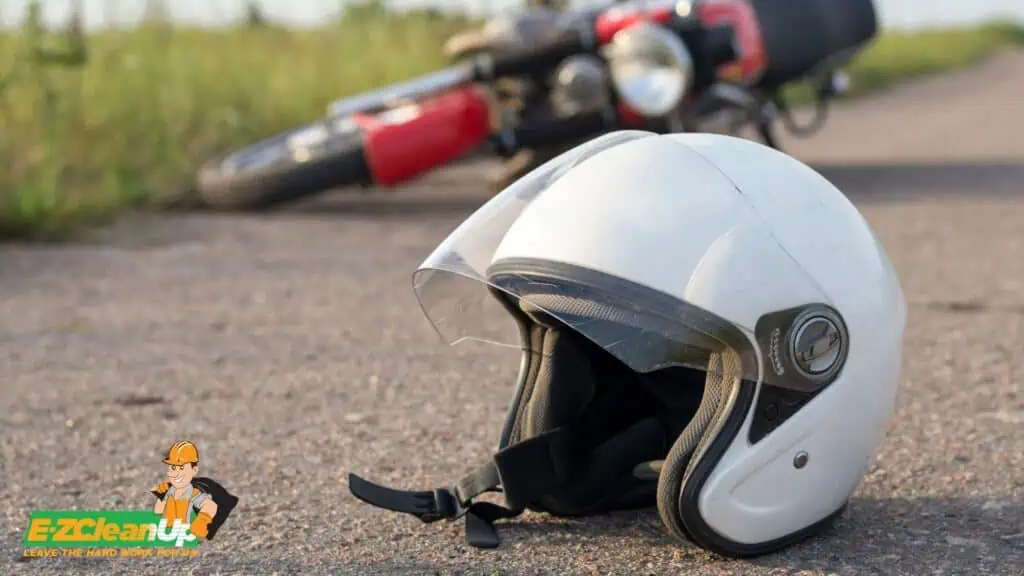
Option #2: Recycling and Donating
Recycling old helmets requires a bit of know-how. Here’s what you need to do:
- Identifying Recyclable Components. Break down the helmet into its components. The outer shell, usually made of plastic, may be recyclable through local plastic recycling programs. The EPS foam inside the helmet, though not widely accepted in curbside recycling, can be crumbled for use as packing material or soil softener.
- Finding Local Recycling Facilities. Start by contacting your local recycling center to inquire about their policies on helmet components. While recycling facilities for helmets are rare, some parts of the helmet, like the plastic shell, might be accepted.
Donating to Beneficial Causes
Donating helmets can provide them with a second life while helping others. You can choose to give them to the following causes:
- Schools for Educational Purposes: Schools might use helmets for educational programs, particularly in teaching bike safety. This is an excellent way to contribute to the community.
- Rider Training and Emergency Training Facilities: Training centers for emergency responders and new riders often use helmets for practical training exercises, making them a valuable donation.
- New Riders or Those in Need: Consider giving your helmet to someone who can’t afford one. Ensure the helmet is in good condition before donating to ensure the recipient’s safety.
Before recycling or donating, verify that the helmet is suitable for further use, especially if considering donation for wear. Damaged or expired helmets should be recycled, if possible, to avoid compromising safety.
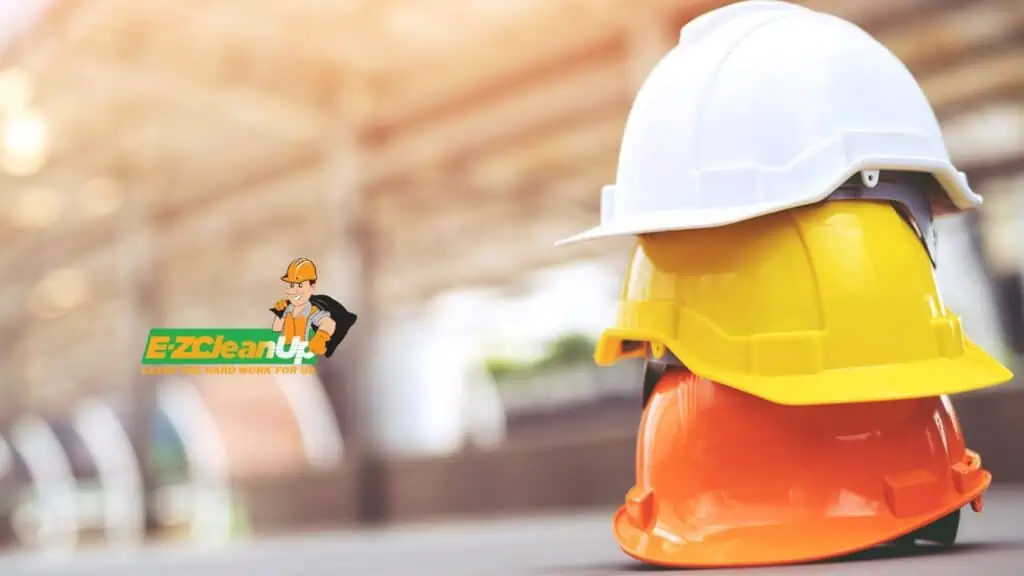
Innovative Ways to Utilize Old Helmets
Old helmets can be the foundation for innovative upcycling projects and experiments:
Testing Durability and Understanding Construction (with Safety Precautions)
- Durability Testing: Use old helmets to conduct experiments that assess their durability against impacts and other stresses. This can provide valuable insights into how helmets protect us and where improvements can be made.
- Understanding Construction: Disassembling a helmet is a great way to learn about its design and construction. It’s crucial to wear appropriate safety gear and conduct these tests in a controlled environment to ensure safety.
Converting into Tech Gadgets
- Wireless Helmets: Convert an old helmet into a wireless device by installing Bluetooth speakers or headsets. This allows for hands-free communication or listening to music without compromising safety.
- Glow-in-the-Dark Helmets: Enhance an old helmet with glow-in-the-dark paint or stickers to improve visibility at night. Not only does this increase safety, but it also adds a cool, aesthetic appeal.
- Exploring New Designs: Old helmets can serve as a canvas for experimenting with new design concepts. Whether it’s aerodynamic tweaks, integrating LEDs for increased visibility, or adding decorative elements, the possibilities are endless.
What Not to Do with Old Helmets
It’s crucial to handle the disposal or repurposing of old helmets with caution. While there are several positive ways to manage them, certain actions can compromise safety and harm the environment.
Reasons Against Reusing Helmets for Safety Purposes
Reusing old helmets, especially without proper assessment, can be risky for several reasons:
- Compromised Protection: Helmets are built to protect against impacts by absorbing energy. Once they’ve had a significant impact, their ability to safeguard effectively diminishes. This makes reuse for protective purposes unsafe.
- Invisible Damage: Damage to a helmet isn’t always apparent. Internal damages, such as cracks in the foam, can significantly reduce a helmet’s protective capabilities, which poses a hidden risk.
- Hygiene Concerns: Over time, helmets can accumulate sweat, oils, and bacteria, leading to potential hygiene issues. Sharing or reusing old helmets without thorough cleaning can spread skin irritations or infections.
- Outdated Technology: Safety standards for helmets improve over time. An old helmet might not meet current safety standards, leaving users unprotected, according to the latest research and technology.
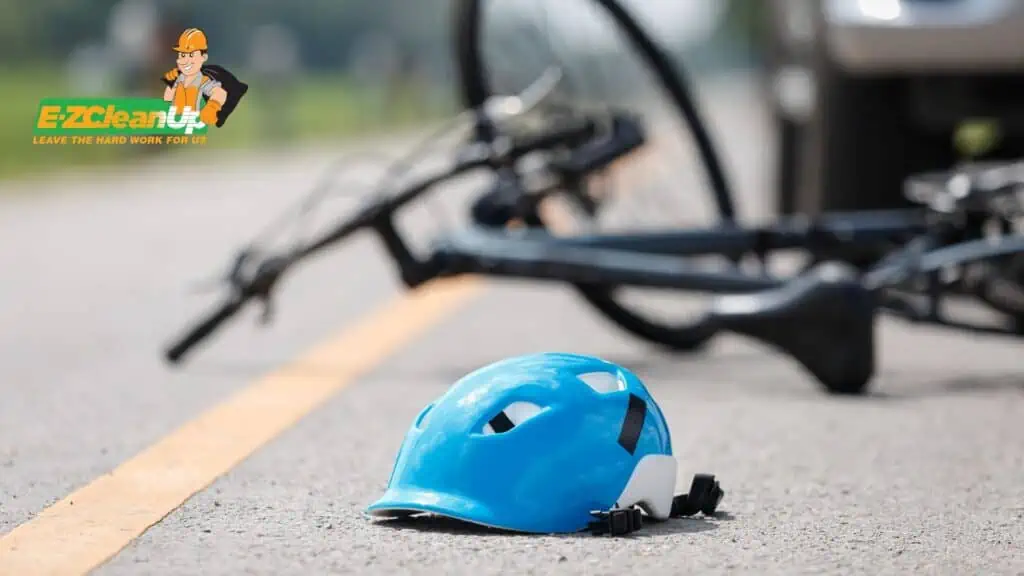
Environmental Concerns with Improper Disposal
Disposing of helmets improperly can also lead to environmental issues:
- Contribution to Landfill: The materials used in helmets, like plastic and foam, take an extended period to decompose, adding to the growing problem of landfill waste.
- Release of Harmful Chemicals: As helmets degrade, they can release chemicals into the environment, potentially harming wildlife and polluting water sources.
- Waste of Recyclable Materials: Many helmets contain materials that could be recycled or repurposed. Throwing them away misses an opportunity to reduce waste and conserve resources.
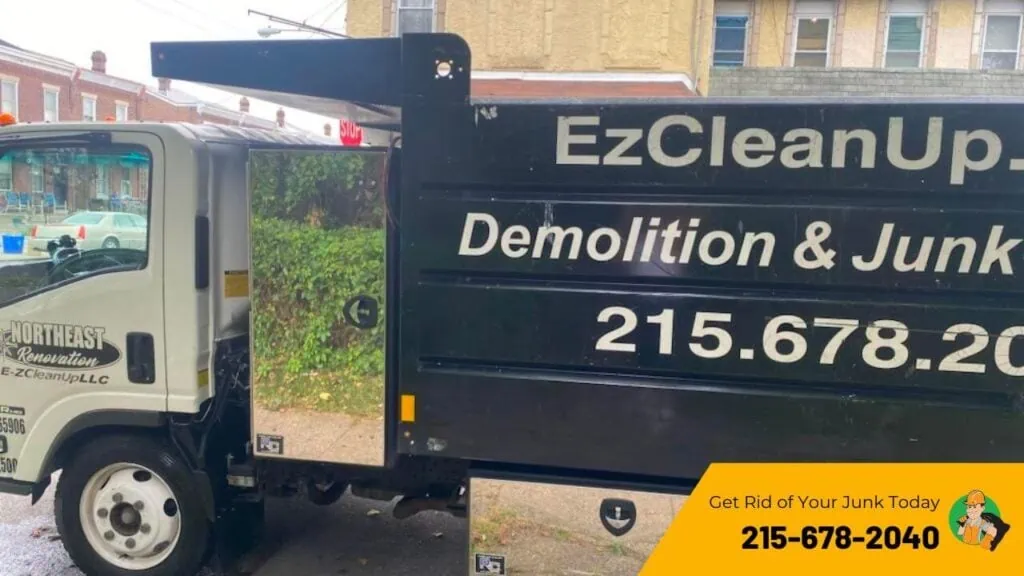
Make Your Old Helmets’ Last Ride EZ
Old helmets, though no longer safe for riding, possess the potential for creative reuse. This contributes to a sustainable cycle that benefits our communities and the planet.
Let’s not limit this practice to helmets alone. If you’re faced with the challenge of responsibly discarding not just old helmets but also other bulky items like an old mattress or damaged fences, EZ CleanUp is here to assist.
Our wide range of services ensures that your unwanted items are removed efficiently and in an environmentally responsible manner. Reach out to us for a cleaner, greener disposal solution.


